When it comes to grading standards for the new Washington State University apple variety Cosmic Crisp, Washington’s industry is already charting new territory.
Usually, grade standards for varieties are set by state statute, with input from the industry. Once those standards are set, they can be changed, but with time and effort.
Article by Shannon Dininny, Good Fruit Grower







